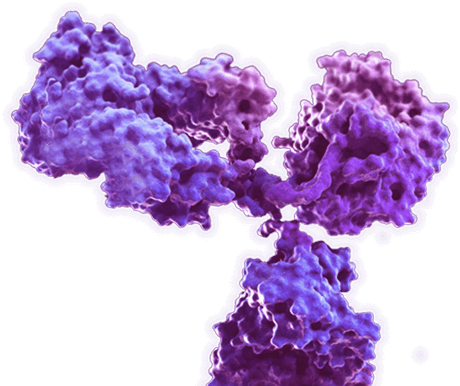beta-lactamase
Beta-lactam antibiotics (penicillins and cephalosporins) are the most commonly used antibacterial agents. All beta-lactams are structurally related by the presence of a core beta-lactam ring. Bacterial resistance to β-lactams continues to increase, mainly due to the production of β-lactamases by microorganisms. Beta-lactamases catalyze the hydrolysis of beta-lactam bonds that destroy antibacterial activity. Bacteria producing TEM or SHV-type β-lactamases have point mutations in structural genes that extend the substrate specificity of these β-lactamases. As a result, many beta-lactamase-producing gram-negative bacteria have become multi-drug resistant.
Mouse Anti-ampC Antibody (MOFAB-096W) (CAT#: MOFAB-096W)
-
- Host species: Mouse
- Species Reactivity: E. coli, E. coli (Escherichia coli )
- Application: WB, ELISA
- Protein: beta-lactamase
- Size: 0.5mg, 100µg
- Conjugate: None
- Alternative Names: Beta-Lactamase, ampC, beta-lactamase, Beta-Lactamase
For Research Use Only | Not For Clinical Use.



